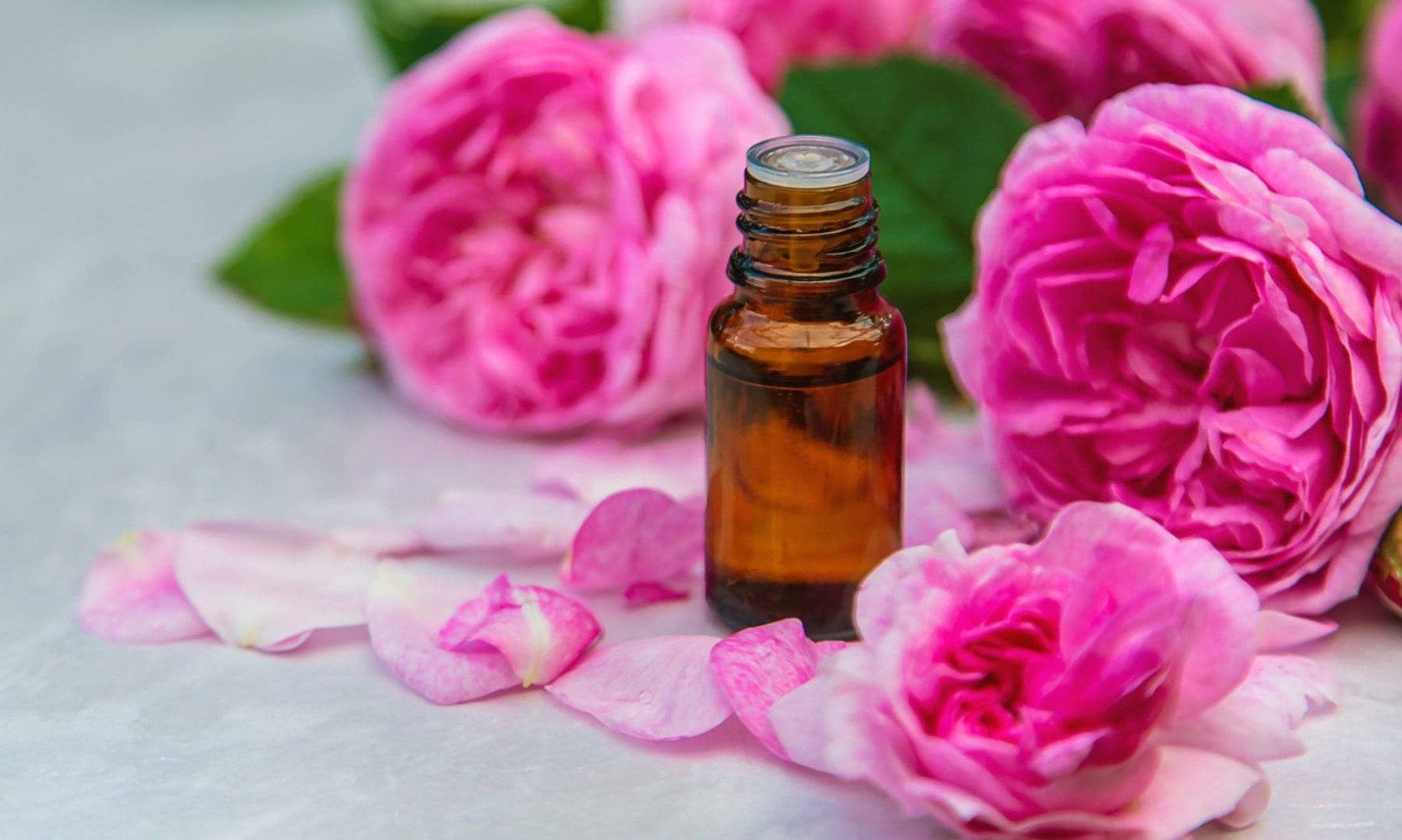Are your customers looking for more energy? Better digestion? A moment of calm in their busy day? Custom herbal tinctures give you the power to create targeted wellness solutions that meet these needs—and more.

With the growing demand for natural health products, tinctures are becoming a go-to choice for brands looking to offer convenient, plant-based remedies. They’re shelf-stable, easy to use, and highly customizable, making them a perfect fit for businesses that want to craft unique, effective formulations.
But creating a standout blend isn’t just about mixing herbs together—it’s about understanding the right combinations, balancing their effects, and designing a product that truly delivers results. Whether you’re launching a new wellness brand or expanding your existing line, this guide will walk you through the key principles of formulating tinctures that capture attention and keep customers coming back.
Let’s dive in and craft blends that set your brand apart in the booming natural wellness market.
Why Custom Herbal Blends Matter
As an expert wellness brand, you want to be your customer’s go-to source for authentic, efficient products. Careful formulation builds customer loyalty while allowing you to pair traditional herbal wisdom and modern scientific research.
In this guide, we’ll explore the key steps to creating custom blends, from sourcing quality ingredients to optimizing formulation and extraction methods. With the right information at your fingertips and a dash of what makes your brand unique, you can master combining the right herbs to help your tincture stand out in a competitive market. Buckle up for everything you need to know to make your next kick-ass tincture.
Step 1: Sourcing High-Quality Ingredients
The foundation of any effective tincture blend starts with high-quality herbs and a reliable product will create buzz and build your customer base. Consider these factors when sourcing ingredients:
- Organic and Wildcrafted Herbs: Opt for organic or wildcrafted herbs to ensure purity and potency.
- Supplier Reputation: Work with reputable suppliers who provide transparency in sourcing and testing.
- Freshness and Storage: Herbs should be properly dried and stored in airtight containers to maintain their active compounds.
Step 2: Understanding Herbal Properties and Compatibility
Before blending, it's important to understand the properties of each herb. Herbs can be classified into different categories based on their primary effects:
- Adaptogens (e.g., Ashwagandha, Rhodiola): Support stress management and resilience.
- Nervines (e.g., Skullcap, Passionflower): Promote relaxation and calm.
- Bitters (e.g., Gentian, Dandelion Root): Aid digestion and liver function.
- Stimulants (e.g., Ginger, Cayenne): Enhance circulation and energy.
Combining herbs with complementary actions ensures a balanced and effective blend — plus, specialized combinations allow you to put your own spin on formulations that are new, different, and unique to your brand.
Step 3: Formulating Effective Ratios
The right ratio of herbs ensures efficacy and safety. Some common blending methods include:
- Equal Parts Method: Each herb is used in equal amounts for balanced potency.
- Primary-Supporting-Synergist Approach: One primary herb is supported by complementary and synergistic herbs.
- Traditional Herbalist Guidelines: Follow established formulations used in traditional medicine.
No matter your approach, it’s important to start with small test batches and adjust based on potency and flavor. If you and your staff are obsessed with the results, then your customer is more likely to enjoy them, too!
Step 4: Extracting the Herbal Blend
Once the blend is formulated, it’s time to extract the active compounds. Consider these methods:
- Alcohol Extraction (Tincture): High-proof alcohol (e.g., 40-50%) effectively extracts a wide range of herbal constituents.
- Glycerin Extraction: Suitable for alcohol-free tinctures, though slightly less potent.
- Vinegar Extraction: A good alternative for digestive blends because vinegar enhances bioavailability (the extent and rate of absorption).
Each method impacts the final product's shelf life and potency.
Step 5: Testing for Efficacy and Safety
Before scaling up production, test the tincture for:
- Taste and Palatability: Ensure the blend is pleasant and not overpowering.
- Potency and Effectiveness: Conduct small trials to observe its effects.
- Compliance with Regulations: Follow guidelines for herbal products in your market.
Final Thoughts
Creating custom herbal blends for tinctures is both an art and a science. By carefully selecting ingredients, formulating the right ratios, testing for quality, and putting your unique touch on formulations, you can develop effective tinctures that your customers will love. That's the Perfect Herbs way. Whether you’re crafting blends for relaxation, energy, or immunity, a thoughtful approach to herbal formulation will set your brand apart.
Let’s do this!
